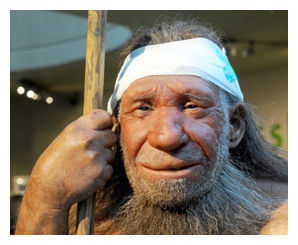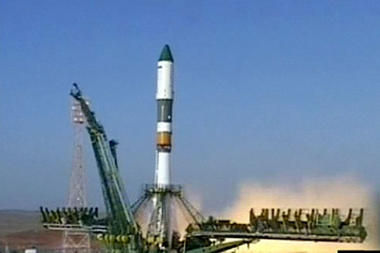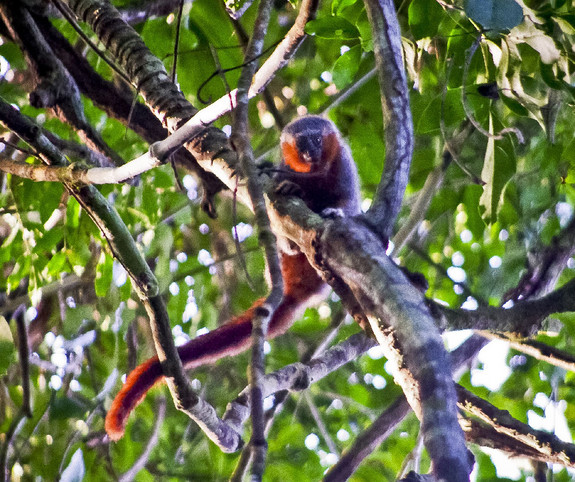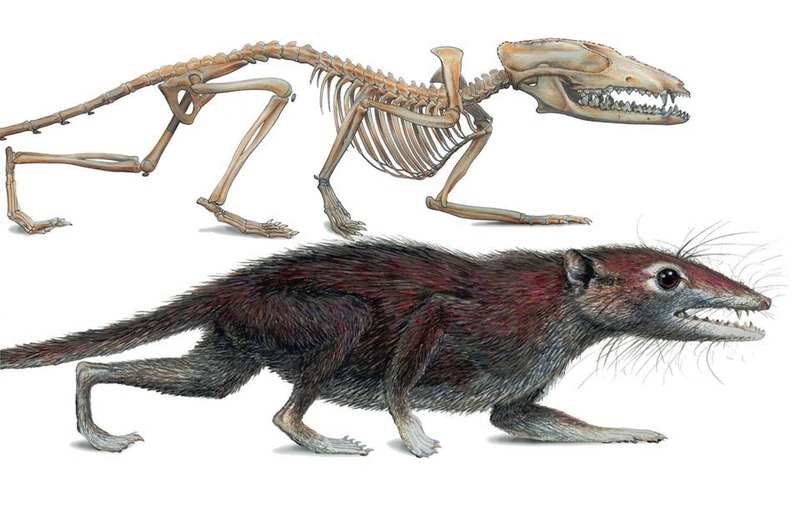
© CorbisA replica of an old Neanderthal man at the Neanderthal Museum in Mettmann, Germany. New research suggest interbreeding with Neanderthals helped boost our species' immunity.
Mating with Neanderthals and another group of extinct hominids, Denisovans, strengthened the human immune system and left behind evidence in the DNA of people today, according new research.
The findings add to the growing body of evidence that modern humans who left Africa around 65,000 years ago mated with Neanderthals and Denisovans -- two archaic species that lived in Europe and Asia.
The study, which appears in this week's
Science, is among the first to show how the interbreeding shaped modern human genes and the attributes they confer to us.
Peter Parham, a professor of cell biology, microbiology and immunology at the Stanford University School of Medicine, and his team focused their analysis on "HLA" genes, which are fast-evolving vital components of the human immune system.
"The modern human populations who left Africa to colonize other continents were likely to have been small groups who started off with limited HLA diversity and suffered further reduction of HLA diversity due to disease," Parham told Discovery News. "Interbreeding with archaic humans introduced additional HLA variants into the modern human population that increased their genetic viability and capacity to resist infection."




